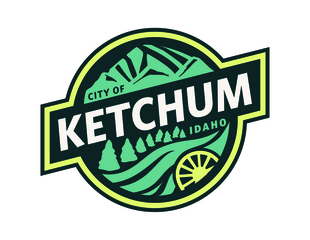Anne Winton Jan 22 2025 at 12:27AM on page 42
Draft Comprehensive Plan
Commenting period open Monday, December 2nd, 2024 - Tuesday, January 21st, 2025
Summary
HideWelcome to the Draft Comprehensive Plan
Thank you for taking the time to review and comment on the draft of the Cohesive Ketchum Comprehensive Plan! Public comment was closed on Tuesday, January 21st. You can continue to leave comments on the project through the form on this page or through participate@ketchumidaho.org.
For updates on this draft since the closing of pubilc comment, please watch the joint meeting with City Council and the Planning and Zoning Commission on Monday, February 3rd. We are busy working on the second draft, stay tuned.
Please use the tool bar above if you would like to view this document in full screen or download it as a PDF.
Chapter I
The Cohesive Ketchum Comprehensive Plan: Provides background information related to the Cohesive Ketchum process, key issues that arose during the process, and how the Plan fits into the City’s existing operations.
Chapter II
Community Vision and Core Values: Reflects what is important to the community now and for the future.
Chapter III
Goals and Policies: Establishes overarching policy guidance on a range of topics, organized by core value. The goals and policies highlighted in this chapter will be used to guide day-to-day decision-making.
Chapter IV
Growth Framework: Includes information about factors influencing Ketchum’s growth and the Future Land Use Plan (which is made up of the Future Land Use Map and associated Land Use Category descriptions).
Chapter V
Implementation: Identifies priority actions for the next two- to four-years and serves as the City’s Playbook—bridging the gap between the Comp Plan and the more detailed annual work plan.
Chapter VI
Appendices: Contains a summary of major trends and existing conditions, a land demand and capacity analysis, and information related to Idaho property rights.

Comments
View all Cancel